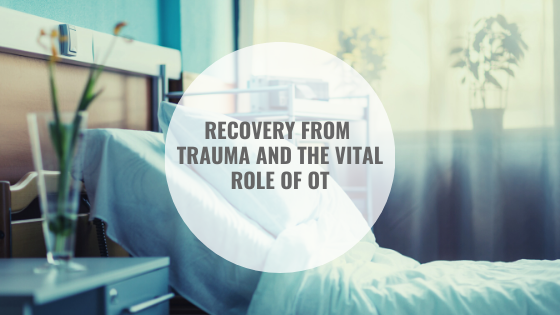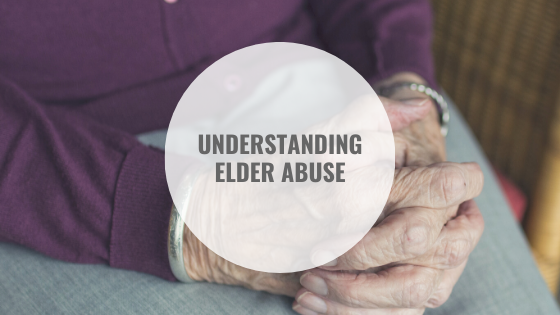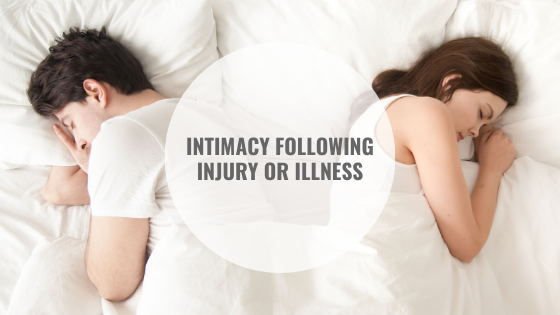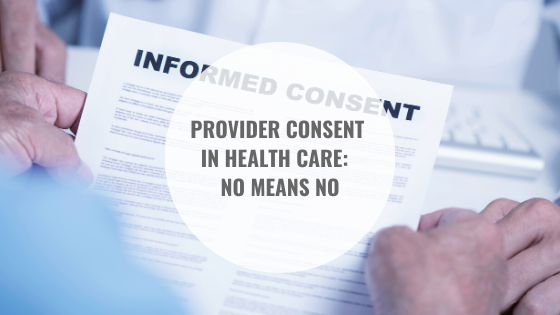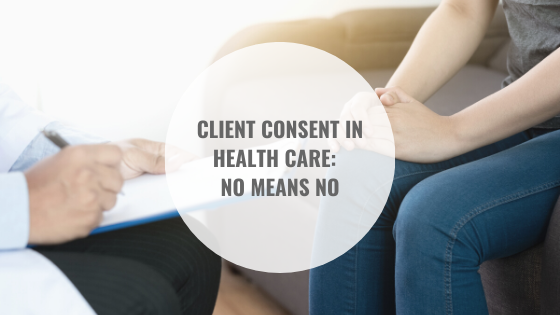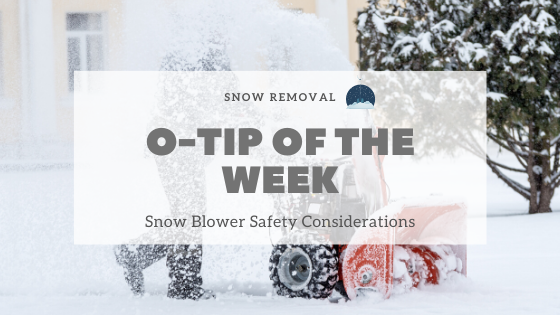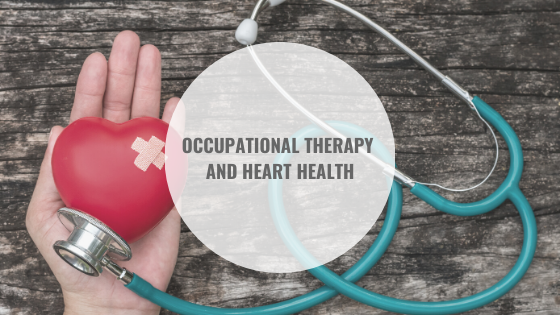Guest Blogger: Carolyn Rocca, Occupational Therapist
Motor vehicle accidents account for countless injuries annually and are one of the most common traumas individuals experience. Trauma can be understood as one’s unique experience of an extremely stressful event or enduring conditions that overwhelms their ability to cope. These experiences can often disconnect us from our sense of safety, resourcefulness, and coping. As a result, survivors of severe and traumatic motor vehicle accidents are at increased risk for experiencing mental health difficulties, with posttraumatic stress disorder, depression, and anxiety being the most common.
Post-traumatic stress disorder (PTSD) is a mental health condition that can follow a traumatic event involving actual or threatened death, serious injury, or threat to the physical integrity of oneself or others. Although every individual experiences PTSD differently, following a motor vehicle accident PTSD symptoms can involve:
· Psychologically re-experiencing the trauma through distressing thoughts or dreams about the accident,
· Avoidance of thoughts or situations associated with the accident, including a reluctance to return to driving,
· Extremes in emotional responsiveness, by either having greatly reduced or heightened emotions, and
· Increased physical arousal, such as hypervigilance, exaggerated startle, irritability, and disturbed sleep (Beck & Coffey, 2007).
The symptoms associated with PTSD can leave individuals to feel emotionally, cognitively, and physically overwhelmed. Naturally, this can result in difficulties in one’s daily functioning, including one’s ability to care for themselves and others, as well as their ability to successfully engage in their life roles of being a spouse, parent, employee, student, or volunteer, to name a few. For these reasons it is recommended that those experiencing PTSD seek help from a team of healthcare providers and consider occupational therapy.
Using a trauma-informed care approach, occupational therapists can support clients through the following three Phases of Trauma Recovery:
Phase I – Safety-stabilization:
Since trauma often results in a sense of helplessness, isolation, and loss of control, the aim is to restore a sense of safety and empowerment. Following trauma, creating a sense of safety is the foundation of one’s recovery process.
The first step to building and creating safety is to first identify things that help us feel safer. Occupational therapists can help their clients to identify objects that bring about a personal sense of safety and imbed them into their daily routines. These safety objects may include: special people such as a trusted friend, engaging in certain activities like looking at photographs or making crafts, or being in a certain place, such as being outdoors in the sunlight.
Occupational therapists can also assist in establishing safety through practices such as meditation, mindfulness, deep breathing exercises, yoga, and Thai chi, as these approaches have been shown to be effective at decreasing stress and soothing the nervous system (Manitoba Trauma Information & Education Centre, 2013).
Phase 2 – Remembrance and Mourning:
A traumatic event like a motor vehicle accident is often associated with a form of loss. One might feel they have lost their independence, sense of identity, or purpose following a car accident.
Counselors and occupational therapists are well-equipped to guide individuals on their recovery by allowing them time to grieve and morn their own personal losses. This is often achieved through individual or group-based therapy by processing the trauma, putting words and emotions to it, and making meaning of it.
Phase 3 – Reintegration:
The goal of the third stage of recovery is that the person affected by trauma recognizes the impact of their experience but is now ready to take concrete steps towards a lifestyle that is no longer controlled by the trauma. Recovery and reintegration will look different for everyone, but often involves resuming important life roles and responsibilities, and returning to a lifestyle that is meaningful to them.
Occupational therapists can assist during this phase of recovery by supporting their clients in re-establishing healthy routines, building strong support systems, learning and practicing coping strategies during their day to day activities, and gradually increasing their exposure to anxiety provoking triggers, ultimately enabling them to reintegrate into their communities and preferred lifestyles.
For more information about PTSD, trauma-informed care, and how healthcare professionals can support someone following trauma, be sure to take a look at the Trauma Toolkit or call an Occupational Therapist to start the process of recovery.
References & Resources:
Beck, J. G., & Coffey, S. F. (2007). Assessment and treatment of posttraumatic stress disorder after a motor vehicle collision: Empirical findings and clinical observations. Professional Psychology: Research and Practice, 38(6), 629.
Manitoba Trauma Information & Education Centre (2013). Retrieved from http://trauma-recovery.ca/
The Trauma Toolkit: A resource for service organizations and providers to deliver services that are trauma-informed (2013). Retrieved from http://trauma-informed.ca/wp-content/uploads/2013/10/Trauma-informed_Toolkit.pdf
Previously Posted April 2017

